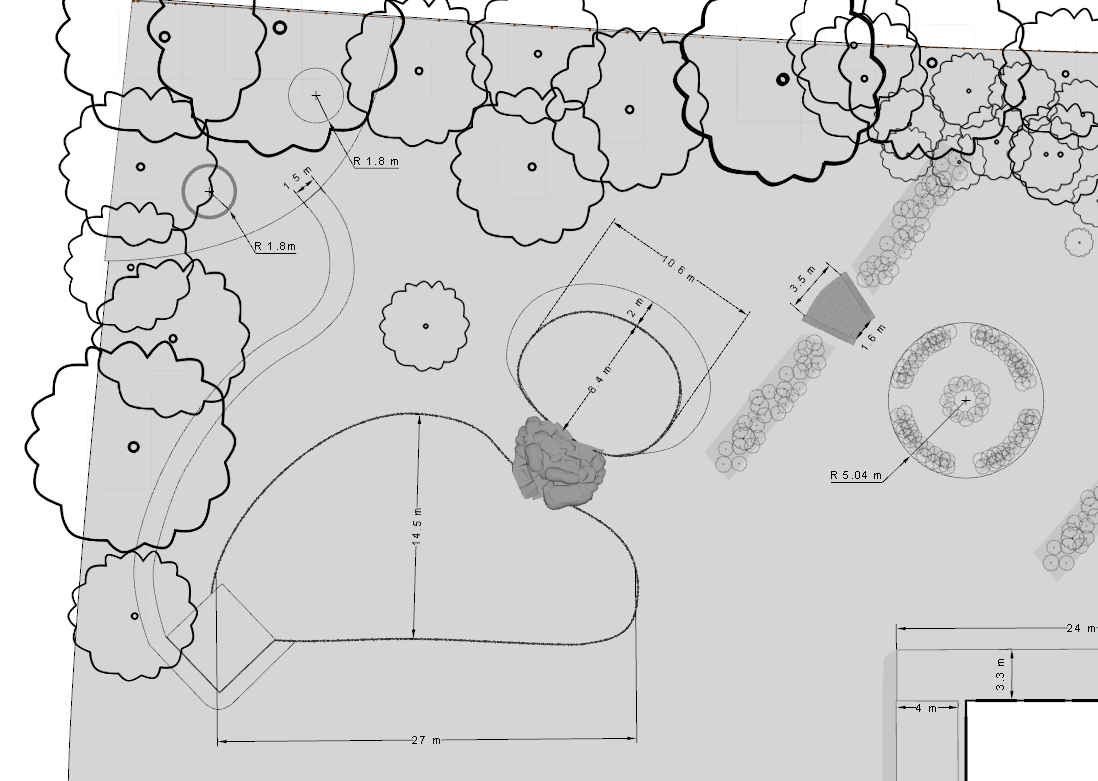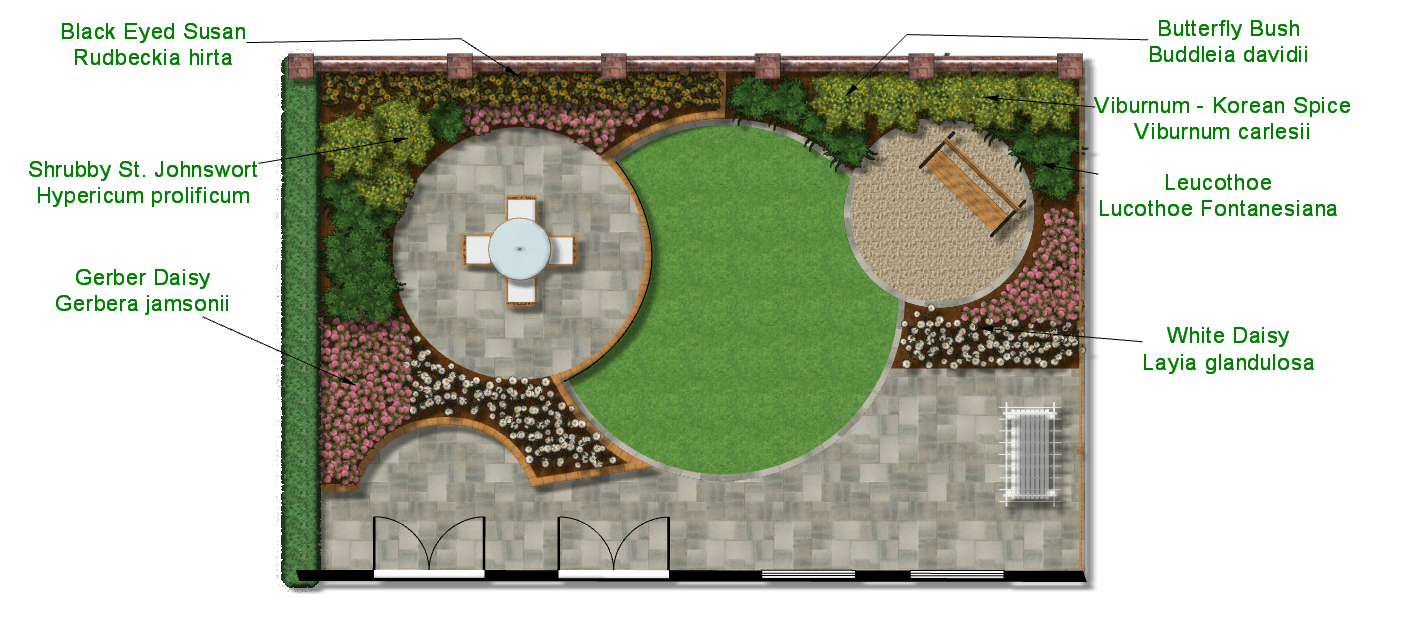The Benefits Of A Planting Plan
You may have heard of a planting plan and be wondering why you would choose to have one. What is the benefit compared to just laying the plants out yourself where you think they would look best. So, what are the benefits of a planting plan.

Having a planting plan completed before planting up your garden can have a number of different benefits, depending upon what you use your garden for and what you want to plant. These benefits include:
Tailored To Your Garden
Putting together a planting plan gives you the opportunity to identify what you want from your garden and then reflect that in the style of planting. For example, if you are looking for a sensory style garden, then the planting plan can include plants that have strong scents, bold colours and generate some sound in their movement such as the soft brushing sound of grasses in the wind. Alternatively, the planting plan might identify hardy plants if you are looking for a low maintenance garden or grasses if you prefer an Oriental style. It all depends on what you want!
By reviewing your requirements and incorporating them in to the planting plan before any work has been carried out, this enables you to ensure that your plan meets those requirements and brings you one step closer to having your dream garden.
Ensure Your Plants Thrive
As well as considering your requirements, a planting plan also considers other factors in the garden that may have an impact on the plants that grow there. These factors can include:
- condition of the soil,
- climate,
- drainage,
- available shelter or shade.
The plants chosen for your garden should then reflect these external conditions. This will ensure that they grow well in the conditions present.
 Beneficial Planting Combinations
Beneficial Planting Combinations
Beneficial planting combinations involves the planting of different types of plants that complement each other in close proximity. These will then grow well due to the complementary qualities of their neighbouring plants. Complementary plants can be identified by their growing patterns. For example, one plant is tall and narrow and the other provides ground cover – and by their similar feeding requirements. Alternatively, a crop or plant protection approach can be taken by utilising plants that attract certain pests to distract them from damaging important crops.
Best For You
ProHort can provide detailed planting plans, considering all of the factors required to design your perfect garden. Why not find out more on our Planting Plan page.
